Without gurgles or fumes, the drain-waste-vent (DWV) pipes remove waste and water. An air passage behind the water is required. Vent pipes go from the drain pipes to the top of the roof and eliminate smells from home. The second step is to figure out how the drain will be vented before installing a new appliance or expanding your system. However, it's not always as simple as it appears. So, how many roof vents do I need for plumbing?
I will discuss all you need to know about plumbing roof vents and how many of them you need for plumbing. Keep reading.
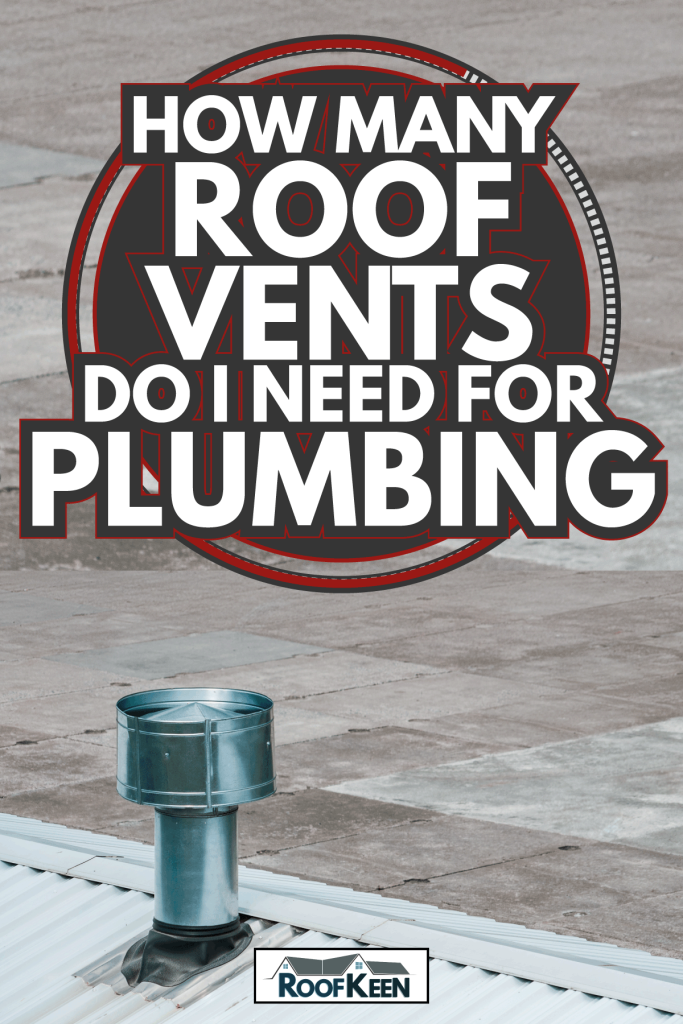
How many roof vents do I need for plumbing?
You may notice a pipe sticking out of the top of a roof if you look closely. A vent stack is a pipe that protrudes from the top of a roof and is used in all plumbing systems. Vent stacks allow air to enter your fixtures' drains, such as toilets, showers, and sinks, so that they can function correctly. If the pipes are blocked, water will not flow down through the drain. To figure out suitable vent stack dimensions, you'll need to know how many fixtures will be connected to the line.
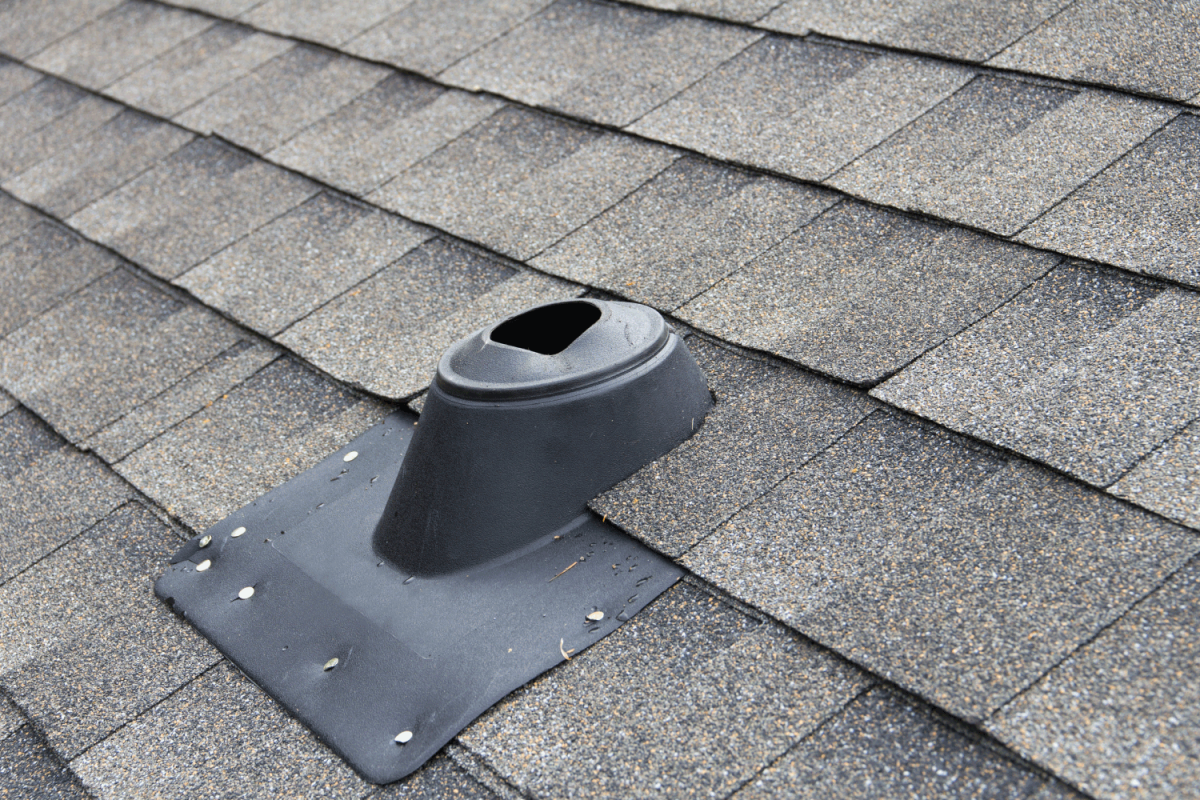
Step 1
Take careful notice of each device that is connected to the drain. Include toilets, showers, faucets, washing machines, dishwashers, and anything that connects to the drain in this count. It's critical to get an accurate tally.
Step 2
Look at your house's plumbing diagrams to see if a single vent stack or several vent stacks. The majority of homes will have only a single vent stack.
Step 3
To figure out the size of your vent requirements, use the following formula: the minimum vent hole diameter for a single fixture is 1 1/4 inches; two to eight fixtures require a 1.5-inch vent pipe; eight to 16 fixtures need 2-inch piping; 16 to 48 lights necessitate 3-inch vent pipe, and 48 to 256 lights need 4-inch vent pipe.
Step 4
To determine whether the formula varies depending on the type of fittings used to join drain pipes to the main discharge line, consult your local plumbing codes. In some regions, the number of fixtures per vent stack is restricted.
Read more: How many roof vents do I need?
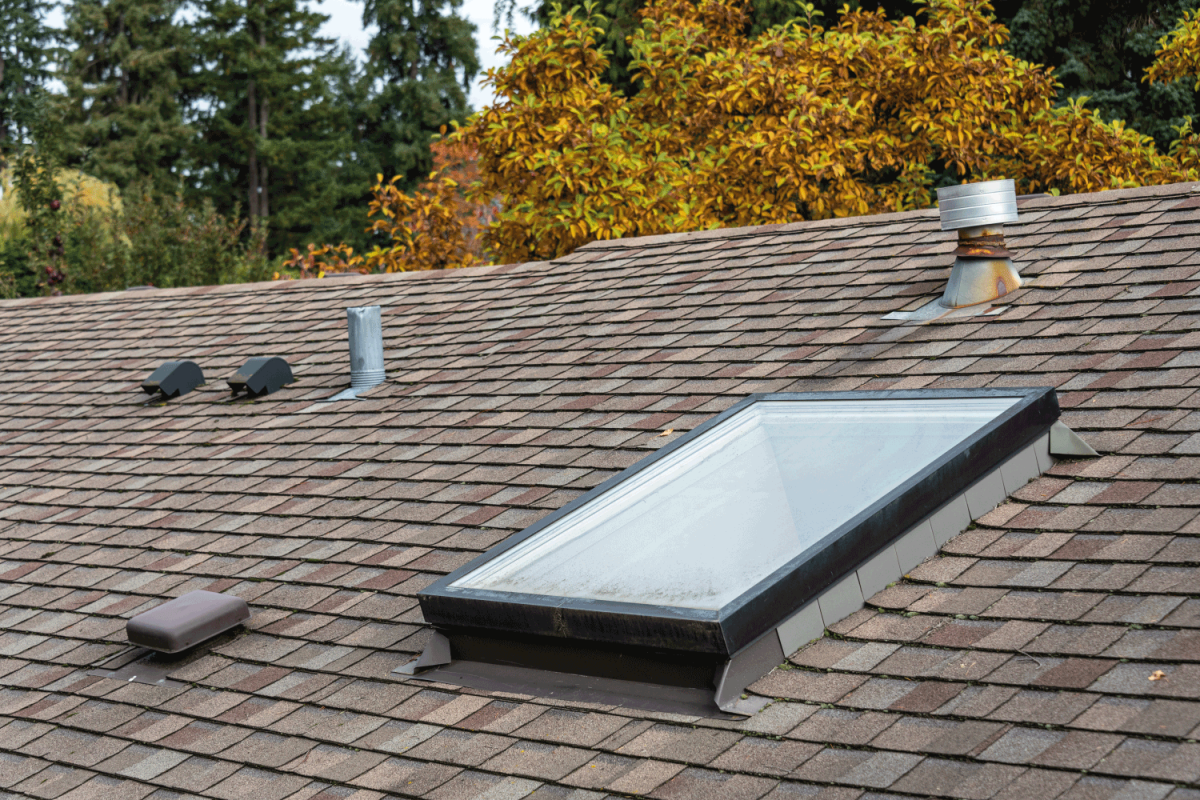
Why Do I Need Plumbing Roof Vents in My House?
Plumbing repair is not a simple task, and even the most experienced professionals may go through issues. But while addressing plumbing difficulties typically entails more than simply inspecting water pipes, diagnosing the problem involves more than just checking the pipes. Plumbing vents can also get clogged or damaged, resulting in blocked drains and a variety of other issues. It's critical to understand this vulnerable component of your plumbing system to keep your drains operational. We're here to answer some of the homeowners' most prevalent queries about plumbing vents.
Types of Roof Vents for Plumbing
An actual vent is a vertical pipe linked to a drain line that travels through the roof without water. If you have a fixture on the top floor and near the stack, the upper part of the stack may function as a vent. However, many fixtures are not as conveniently positioned, and for such issues, you must find an alternative.
The three types of vents are listed below: conventional vent, freestanding vent, and return air. A re-vent pipe is also known as an auxiliary vent. A pipe connects to the drain line near the fixture and runs up and over to the central vent. It can be connected directly behind the light or via the horizontal drain line.
When two fixtures are on opposite sides of a wall, they can be connected with a sanitary cross. A standard vent is an exhaust vent that may be found on back-to-back sinks.
If a fixture is close enough to a stack, a wet vent may be permitted by code.In the case of a tub near a stack, the drain can empty into an existing pipe that also serves as a vent.
A loop vent may be permitted for a freestanding sink in code. If re-venting is wet and challenging venting isn't allowed, you'll have to run a separate vent pipe through the roof.
When waste drains, an air admittance valve (AAV) opens to allow air in; then, it closes to prevent sewer gases from returning into the room. Because of local legislation, vent pipes use this new technology in many areas. AAVs can be used to vent multiple fixtures, depending on the size of the unit and any code restrictions. Check regulations to ensure that they allow AAVs.
Read more: How many roof vents do I need in my garage?
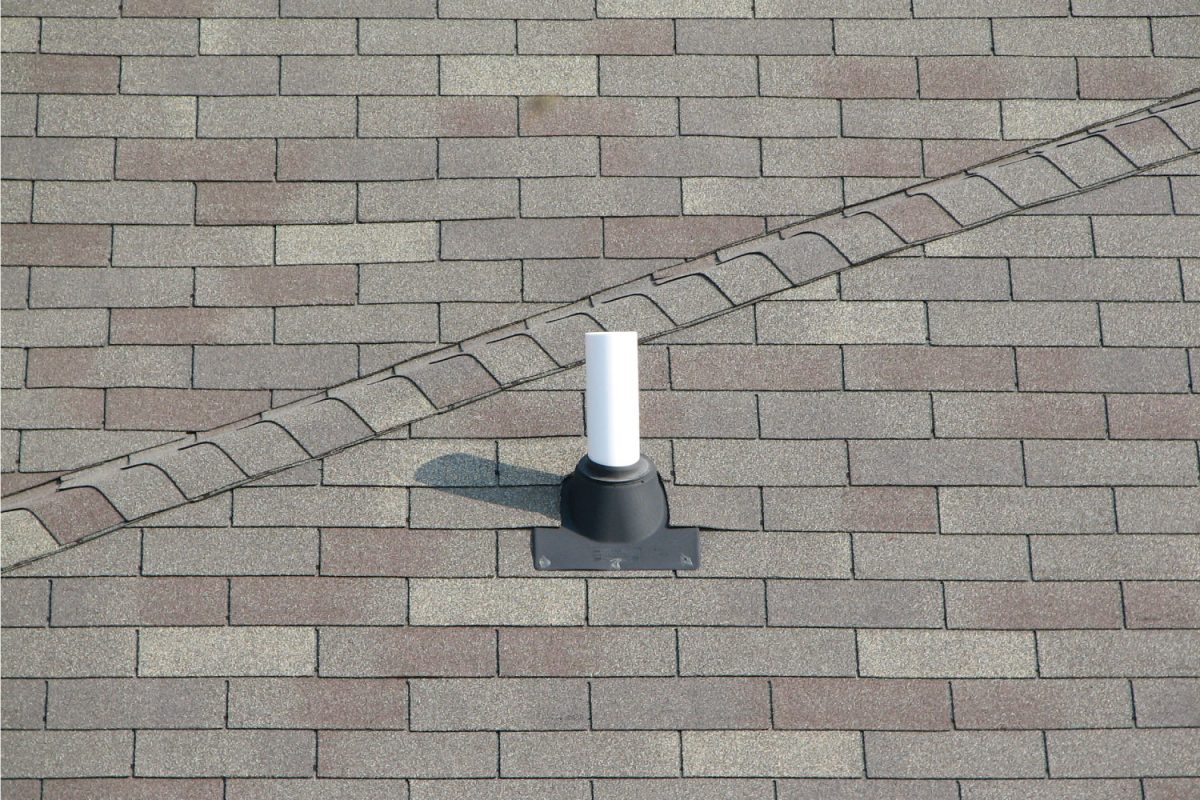
What Is the Importance of Roof Vents in Plumbing?
Your home's plumbing system aims to remove water and waste effectively. The drainage and vent systems are, in fact, two separate systems that operate together.
Drains convey waste out of your house to a sewage system or a septic tank. Vent pipes deliver fresh air to each plumbing fixture in the home, allowing the drainage system to flow with water whenever a toilet is flushed, or a sink is drained.
Plumbing air vents prevent sewage gases from entering the house and escape wastewater gas and odor. Plumbing vent pipes are installed on roofs away from windows or air conditioners, allowing pollutants to dissipate quickly.
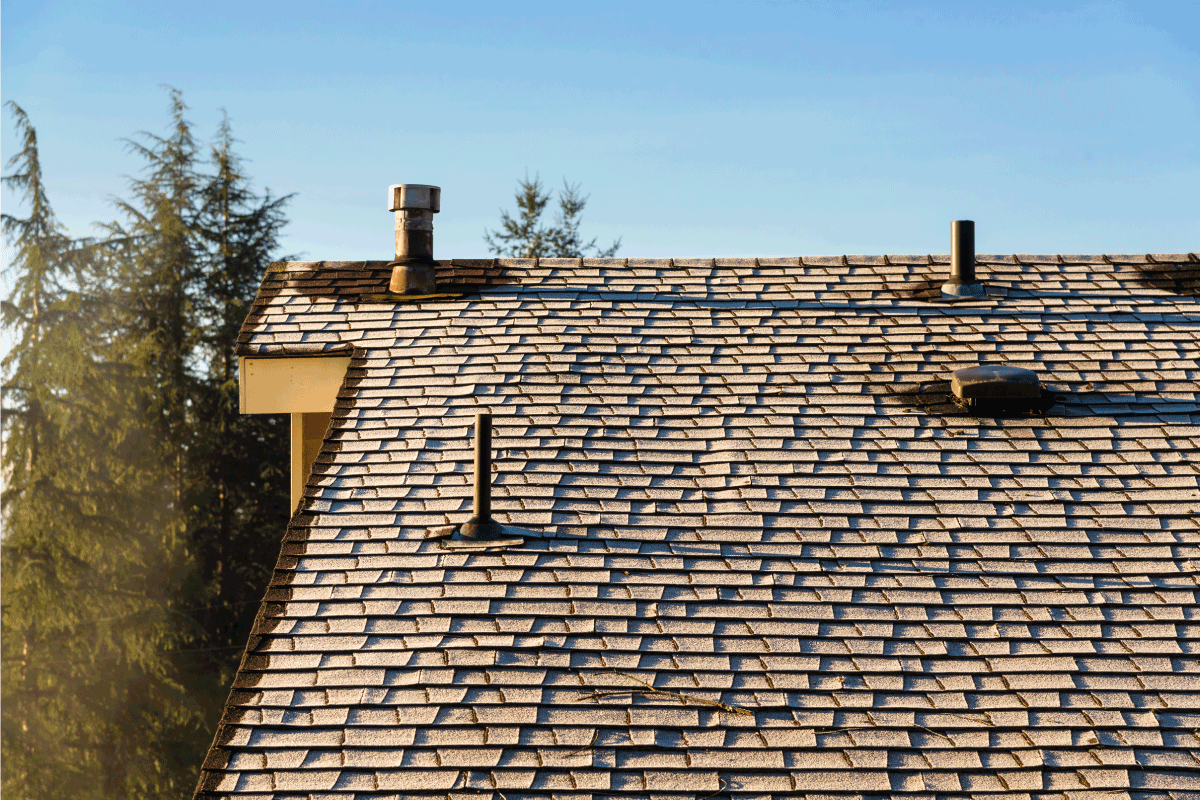
What Should I Do If My Plumbing Vent Pipes Are Broken?
If your plumbing air vents or vent stacks are not operating effectively, neither will your home's plumbing drainage system. A clogged vent may be the source of gurgling noises coming from your drains, standing water in your sink or bathtub, or a sluggish drain in the bathroom or kitchen if you hear them.
When a plumbing vent pipe or vent stack is clogged, drainage pipes develop negative pressure, restricting water flow. Even if you can clear a blockage on your own, obstructions will recur if the source is a clogged ventilation system.
Over time, blockages and sluggish drains can cause silt to accumulate inside drain pipes. This may deteriorate your plumbing system and lead to costly pipe repair or replacement in the future.
The obstruction might be pretty severe if you can't clear a sluggish drain with a plunger, auger, or drain cleaner. A vacuum will form if the plumbing air vent or vent stack is entirely clogged, and you will no longer hear gurgling. The rooms' walls, carpeting, and furnishings where the damaged fixtures are located will all have a distinct sewer gas odor. This is an issue that requires attention from a plumber.
